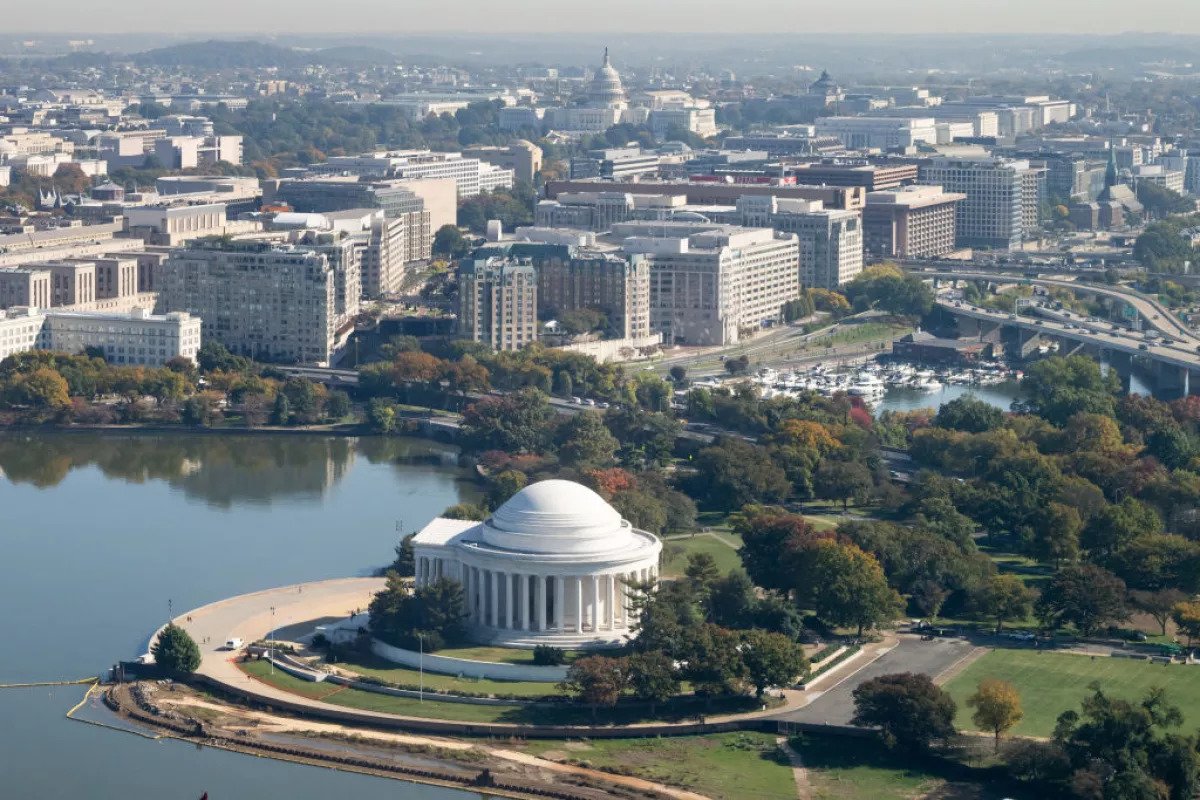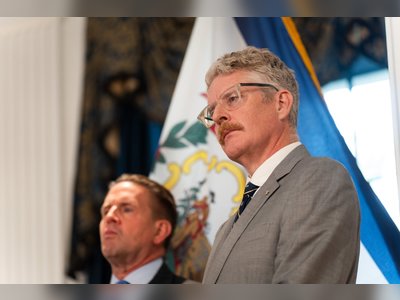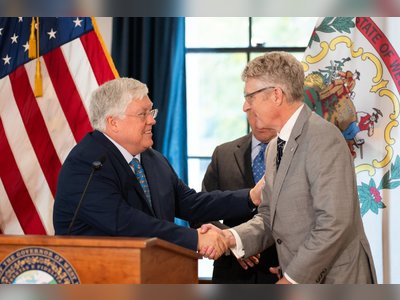
White House Dismisses Entire Commission of Fine Arts Amid Trump’s Federal Design Push
President Trump’s administration ousts all six federal art-and-architecture advisors ahead of high-profile White House construction plans
The White House has terminated the six sitting members of the U.S. Commission of Fine Arts, an independent federal body that advises the president, Congress and the District of Columbia government on design, architecture and public art.
The dismissals were announced via email on October 28–29, 2025, and are part of an effort to install a new slate of commissioners aligned with President Donald Trump’s “America First” agenda.
Established in 1910, the Commission of Fine Arts comprises experts in planning, architecture and urban design who review monuments, memorials, coins, federal buildings and major alterations in Washington, D.C. Key among pending reviews were Mr Trump’s plans for a new White House ballroom and a triumphal arch modelled on the Parisian Arc de Triomphe.
The terminations followed the early demolition of the White House’s East Wing without the usual full review by the commission, raising questions about precedent and oversight.
The dismissed members included Bruce Redman Becker, Peter D. Cook, Lisa E. Delplace, William J. Lenihan, Justin Garrett Moore and vice-chair Hazel Ruth Edwards.
The chair position, previously held by Billie Tsien, is now vacant.
A White House official said the replacement process is underway “to appoint a new slate of members … more aligned with President Trump’s America First policies.”
Architectural experts note that while the commission’s recommendations are advisory rather than binding, its role has been a longstanding check on design quality and historic preservation within the federal capital region.
Some critics argue the firings reflect a politicisation of that role and could streamline review of Mr Trump’s major projects.
Supporters of the administration, however, portray the move as a corrective to entrenched aesthetic elitism and a way to ensure federal design serves national identity and purpose rather than narrow interests.
The next step will be nominating and installing new commissioners.
The White House has not publicly disclosed its picks or timeline.
With the commission now vacant, observers note that submission of major project plans may proceed under precedent that presidents can build without full review—though legal risks remain if statutory processes are bypassed.
The developments mark a defining moment in the relationship between the federal executive and oversight bodies governing America's architectural heritage.
The dismissals were announced via email on October 28–29, 2025, and are part of an effort to install a new slate of commissioners aligned with President Donald Trump’s “America First” agenda.
Established in 1910, the Commission of Fine Arts comprises experts in planning, architecture and urban design who review monuments, memorials, coins, federal buildings and major alterations in Washington, D.C. Key among pending reviews were Mr Trump’s plans for a new White House ballroom and a triumphal arch modelled on the Parisian Arc de Triomphe.
The terminations followed the early demolition of the White House’s East Wing without the usual full review by the commission, raising questions about precedent and oversight.
The dismissed members included Bruce Redman Becker, Peter D. Cook, Lisa E. Delplace, William J. Lenihan, Justin Garrett Moore and vice-chair Hazel Ruth Edwards.
The chair position, previously held by Billie Tsien, is now vacant.
A White House official said the replacement process is underway “to appoint a new slate of members … more aligned with President Trump’s America First policies.”
Architectural experts note that while the commission’s recommendations are advisory rather than binding, its role has been a longstanding check on design quality and historic preservation within the federal capital region.
Some critics argue the firings reflect a politicisation of that role and could streamline review of Mr Trump’s major projects.
Supporters of the administration, however, portray the move as a corrective to entrenched aesthetic elitism and a way to ensure federal design serves national identity and purpose rather than narrow interests.
The next step will be nominating and installing new commissioners.
The White House has not publicly disclosed its picks or timeline.
With the commission now vacant, observers note that submission of major project plans may proceed under precedent that presidents can build without full review—though legal risks remain if statutory processes are bypassed.
The developments mark a defining moment in the relationship between the federal executive and oversight bodies governing America's architectural heritage.











